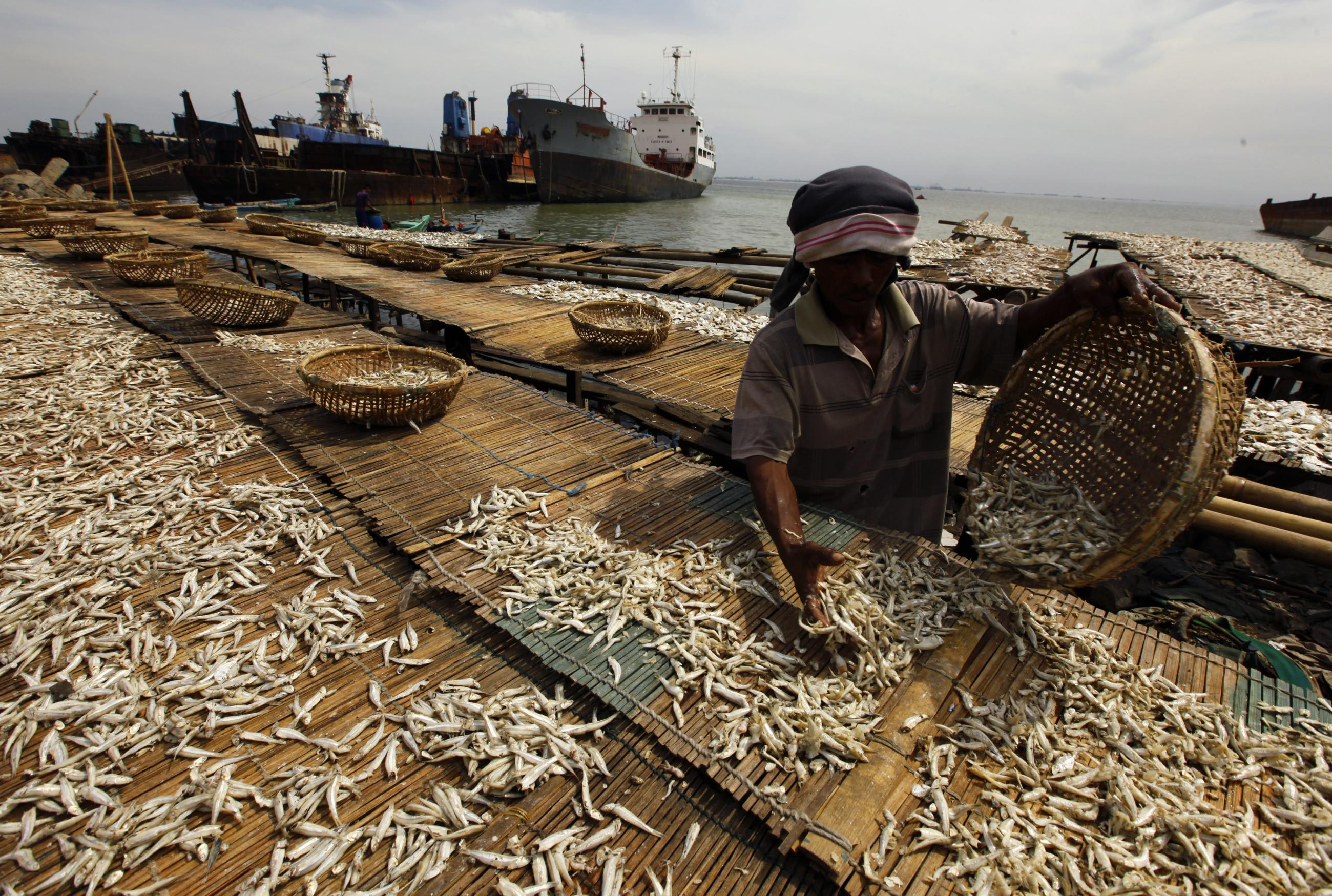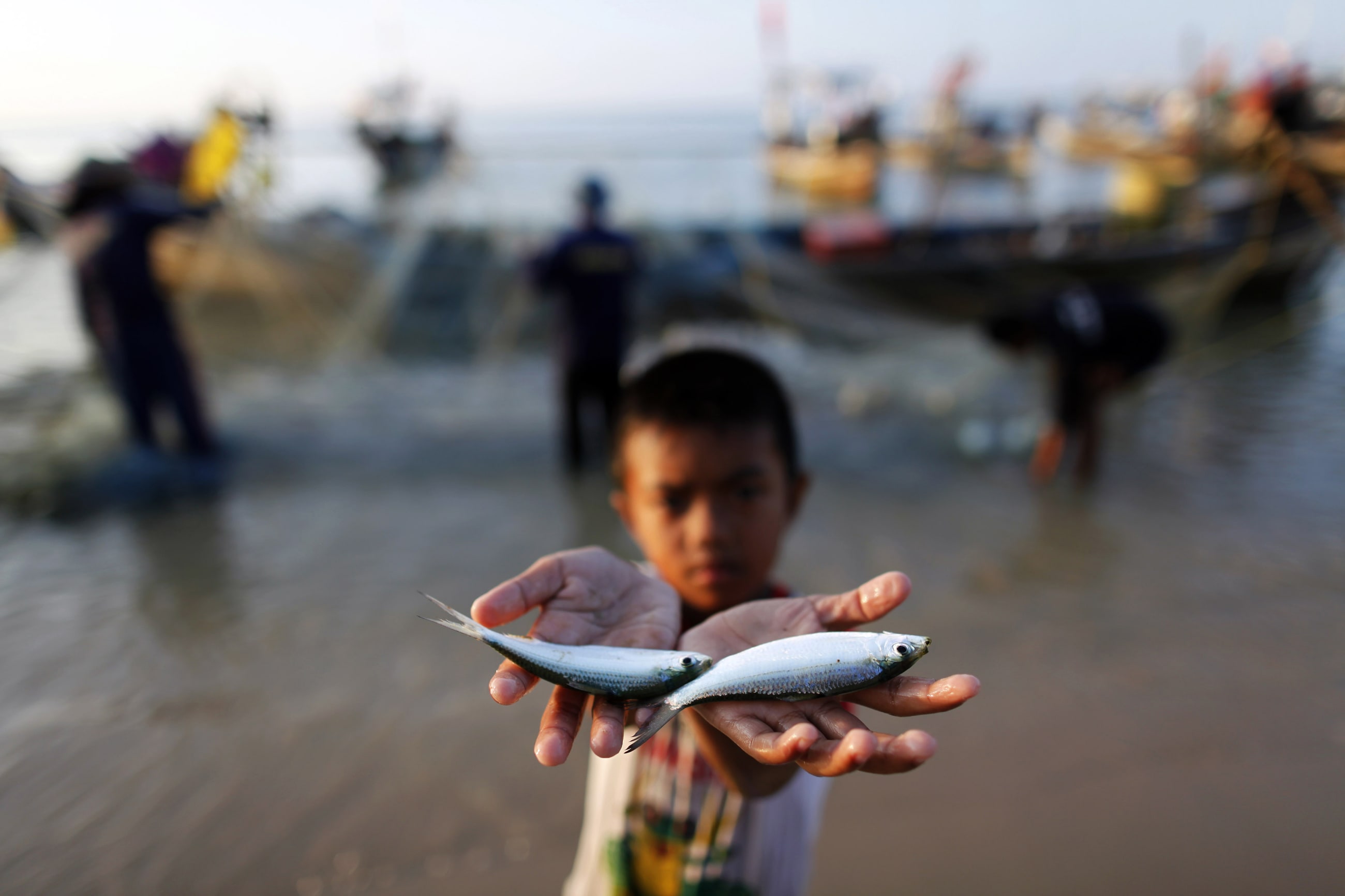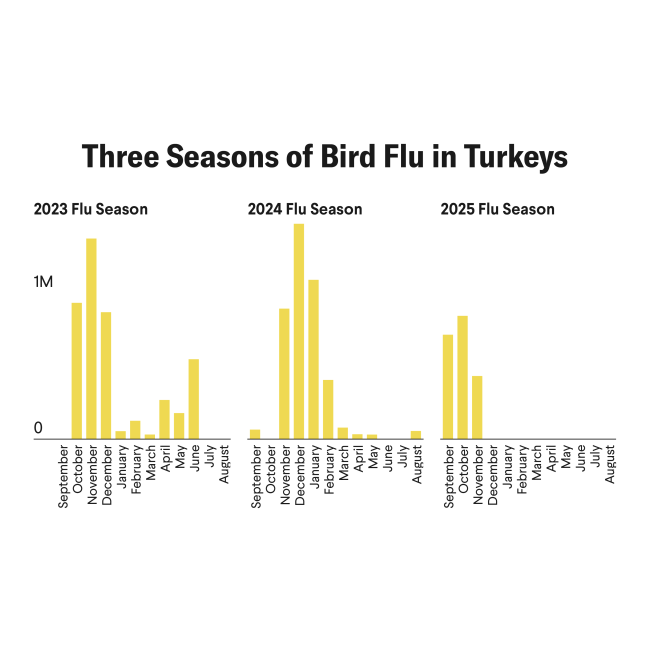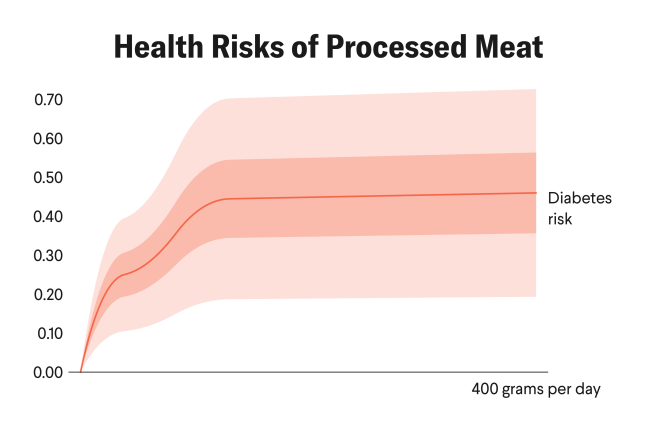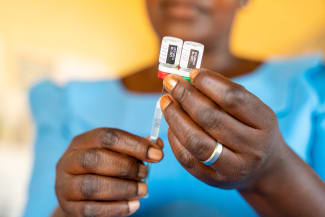The current outlook for global nutrition is dire. Billions of people worldwide are suffering from various forms of malnutrition, including micronutrient deficiencies and obesity. Unhealthy diets—whether they stem from inadequate or excessive consumption—are linked to a rise in diabetes and other noncommunicable diseases and are among the leading causes of preventable deaths. Those nutritional deficiencies account for an estimated $8 trillion of hidden costs every year, limiting individual development and national productivity.
Fortunately, big nutritional impacts can be found in small packages. Underused aquatic foods—in the form of indigenous small fish species such as anchovies, herrings, mola, and punti—can help diversify diets, tackle malnutrition, and create opportunities for sustainable incomes in low- or middle-income countries.
In addition to tackling hunger and food insecurity, global food systems should prioritize improving dietary quality. It is not enough to ensure that people have enough food to avoid hunger, the food people eat also needs to provide the right nutrients to ensure good health, from proteins and fiber to micronutrients and essential fatty acids.
Underused aquatic foods can help diversify diets, tackle malnutrition, and create opportunities for sustainable incomes
Worldwide, just six crops—rice, wheat, maize, potato, soybeans, and sugarcane—make up more than 75% of total plant-derived energy intake. Indigenous small fish can help diversify diets that are traditionally centered on those staple foods in a cost-effective way for rural and coastal communities in low- or middle-income countries.
Small fish such as elongate glassy perchlet, Siamese mud carp, and slender rasbora provide rich sources of calcium, iron, phosphorus, and other nutrients. Given the more than 3,700 species around the world, these fish can complement the nutrients provided by commonly consumed cereals and other crops.
When integrated into meals, indigenous small fish improve health outcomes, especially for women and children, who have specific nutritional needs for healthy development and pregnancies yet often miss out on nutritious diets in low- or middle-income households.
Diverse and nutritious diets in the first 1,000 days of life are pivotal to reducing all forms of malnutrition and underdevelopment later in life. In Bangladesh, adding indigenous small fish to the diets of pregnant and lactating women reduced anemia prevalence by 30%. This intervention is important given that anemia affects 1 in 3 women globally, disrupting their productivity by heightening fatigue and affecting concentration, which further perpetuate gender inequalities.
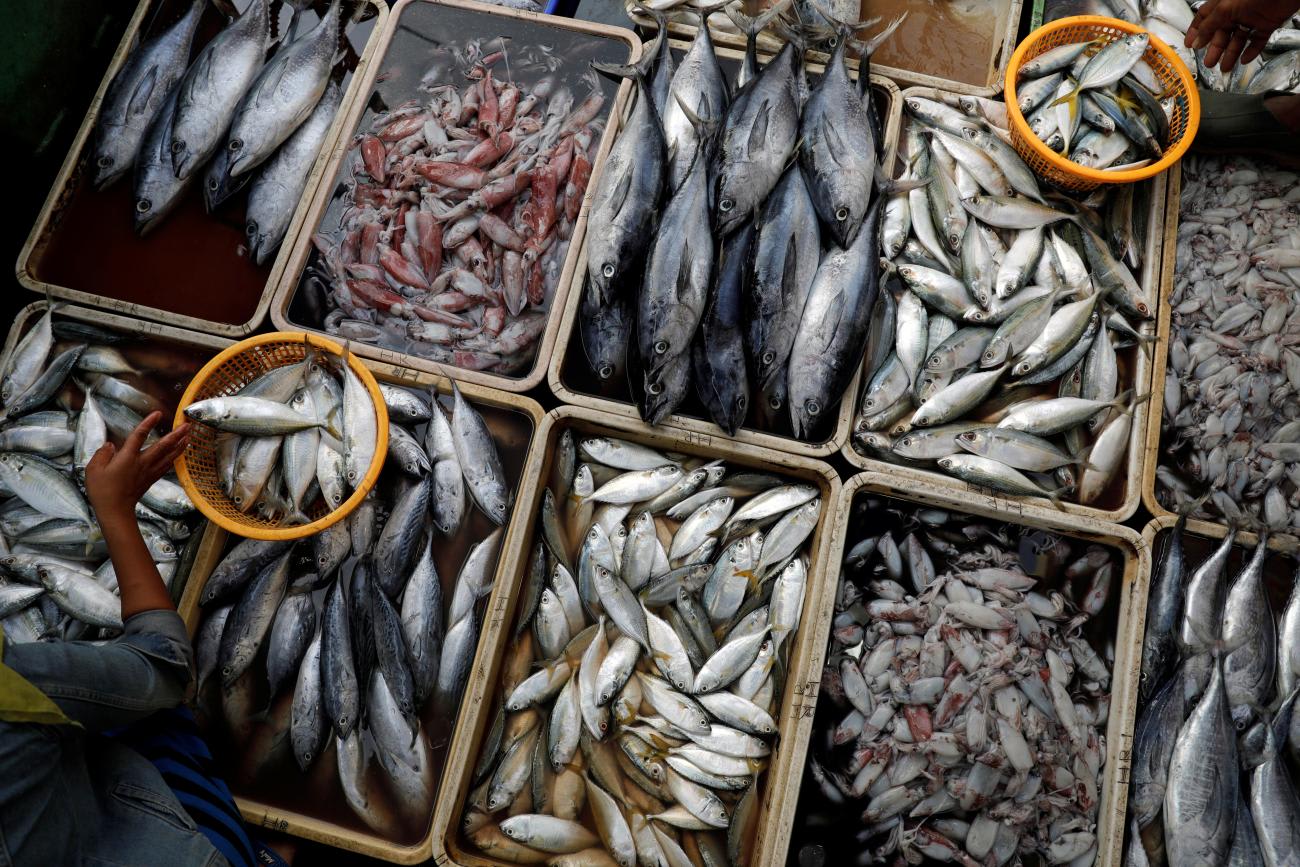
Similarly, in Cambodia, where 10% of children under 5 years old are wasted (low weight) and 32% are stunted (low height), adding fish-based products into young children's diets effectively tackles malnutrition.
The regular consumption of small fish has also been linked to improved life expectancy. A study in Japan found that eating small fish provides micronutrients, including calcium and vitamin A, and contributes to reduced mortality rates.
Beyond offering the nutritional benefits associated with small fish, farming, processing, and selling fish open up new ways to earn income, particularly for women in low- or middle- income countries.
Unlike traditional open-water fishing, which requires large investments in boats, bait, and other equipment, farming for small fish in homestead ponds is more affordable and less prohibitive to women, who are often discouraged from commercial fishing by cultural norms and limited access to adequate financial resources.
Redeveloping national food-based dietary guidelines to include more aquatic foods will also help accelerate progress in tackling global malnutrition
Initiatives focused on farming, sorting, processing, cooking, drying, and packaging indigenous small fish create avenues for women to be more economically independent, improve their access to nutrient-rich foods, and help dismantle gender barriers.
Incorporating small fish farms into existing agricultural projects and encouraging nutrition-sensitive approaches, such as adding indigenous small fish into diets centered on unvaried foods, can boost production and consumption globally. Redeveloping national food-based dietary guidelines to include more aquatic foods will also help accelerate progress in tackling global malnutrition.
Blending indigenous small fish into local diets is a step in the right direction and can deliver much-needed nutrition and health benefits. As world leaders and policymakers prepare to gather for the Nutrition for Growth Summit in Paris in March, they should prioritize the integration of these small but powerful fish into national food systems pathways to fully leverage the health benefits they offer.
